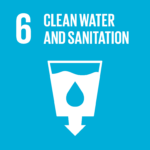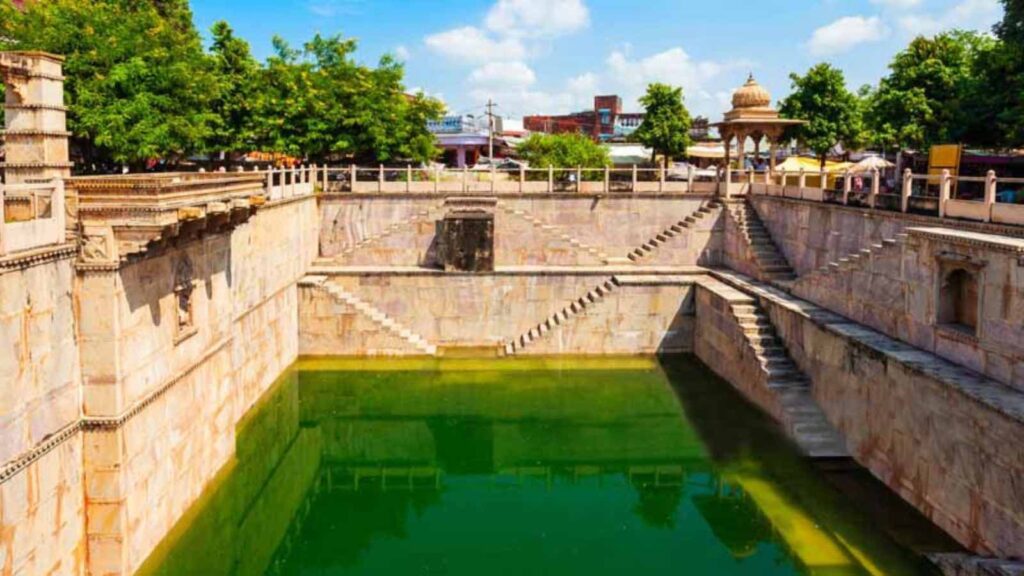Stepwells, or baoris, have historically played a crucial role in India’s water management systems, particularly in arid regions like Rajasthan.
In an inspiring display of heritage conservation and community spirit, the youth of Kota, Rajasthan, have taken it upon themselves to restore a 1,000-year-old stepwell—an architectural marvel that had long been neglected and buried under years of debris. But this initiative is more than just a cleanup effort; it’s a statement of responsibility, history, and the power of young changemakers who refuse to let the past be forgotten.
RELEVANT SUSTAINABLE GOALS



A video capturing the volunteers hard at work has gone viral on social media, drawing immense appreciation from netizens across India. The clip showcases their dedication as they remove trash, clear the structure, and breathe life back into a stepwell that once served as an essential water source for the region.
A Lost Treasure Rediscovered
Stepwells, or baoris, have historically played a crucial role in India’s water management systems, particularly in arid regions like Rajasthan. These intricate structures, built centuries ago, were designed to store rainwater and provide relief during dry seasons. However, many of these stepwells have been abandoned over time, often becoming dumping grounds for waste and pollution.
The stepwell in Kota had suffered a similar fate. Layers of garbage had accumulated, and its architectural beauty was hidden beneath years of neglect. But rather than watching it disappear into history, a group of passionate young individuals decided to take matters into their own hands, armed with nothing but their commitment and a vision for restoration.
The Power of Collective Action
This youth-led initiative not only underscores the importance of environmental conservation but also highlights the role of communities in protecting India’s cultural heritage. Social media has been flooded with praise for their efforts, with comments ranging from admiration to suggestions for safety precautions.
One user wrote, “This is why it’s called Incredible India… because of such thoughtful people.” Another emphasized the need for similar efforts across the country: “We genuinely need more such projects in different parts of India.”
However, some comments also raised important safety concerns, urging volunteers to use masks and gloves to protect themselves from potential waterborne diseases. “They should be very careful while cleaning. Waterborne parasites can be extremely dangerous, and precautions are necessary,” one user warned.
Despite these challenges, the overwhelming response has been one of respect and encouragement. Many have hailed the volunteers as heroes, proving that small actions can lead to transformative change.
Beyond Kota: A Lesson for India
The restoration of this ancient stepwell is not just about preserving an old structure—it’s a call to action for other communities to recognize the significance of India’s historic water systems. With urbanization and environmental neglect posing threats to these once-crucial resources, similar efforts across the country could help restore not just architectural wonders but also sustainable water conservation methods.
This initiative stands as a beacon of hope, demonstrating that when communities unite, change is possible. It also reflects a growing consciousness among India’s youth—one that values heritage, sustainability, and proactive action over passive observation.
As these young volunteers in Kota have shown, every effort counts. Their work serves as a reminder that protecting history is a responsibility shared by all—and that the power to create meaningful change often lies in the hands of those willing to take the first step.
Lead image courtesy of Vyakti India ( A 1,000-Year-Old Stepwell in Kota, Rajasthan, India)
You may also be interested in :
India and ADB Sign $50 Million Loan To Boost Water Security in Meghalaya




